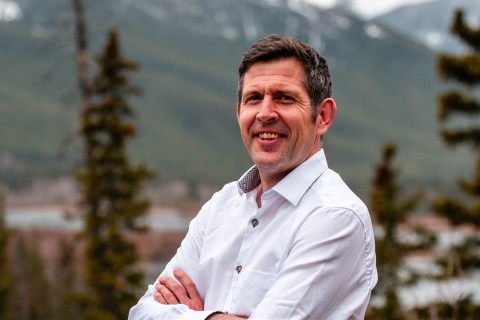If anyone is still hoping that approval for Keystone XL will be straightforward following President Obama’s re-election, they’re likely disappointed by developments over the past couple weeks. Echoing remarks from David Jacobson, the U.S. ambassador to Canada, Secretary of State John Kerry put climate change front and centre when he said “We need to find the courage to leave a far different legacy.”
Reading between the lines, it was clear the U.S. is expecting more from Canada when it comes to fighting climate change. And while neither mentioned the Keystone debate specifically, Canada’s climate policy can’t be separated from Keystone. The bottom line is that Canada has been issued a clear challenge to cut the carbon pollution from the oilsands. And when our biggest customer tells us to clean up our production, we should find a way to meet those expectations.
As much as we might not like our neighbours telling us to step it up, the reality is that they’re right: climate policy in Canada (including Alberta) does almost nothing to limit carbon pollution from the oilsands, and the threat it poses to the planet. It’s true that oilsands emissions are small on a global scale, but the same is true of any single source. In a Canadian context, the oilsands are a big deal — the sector is the biggest factor in determining whether Canada can live up to the climate commitments our government made to the world. If we get those emissions under control, we will likely be successful. If we let them continue to climb unchecked, we will almost certainly fail.
While the U.S. pressure is predominantly focused on the federal government, there’s no reason why Alberta shouldn’t rise to the challenge. After all, the oilsands emissions at the heart of this debate are produced in Alberta. The provincial government has the jurisdiction – and the responsibility – to reduce them. In fact, our province already has a policy (known as the Specified Gas Emitters Regulation, or SGER) that charges a modest financial penalty to industry if they don’t adequately invest in solutions to reduce emissions.
To demonstrate that Alberta is serious about climate change, that policy needs to be much stronger. Fortunately, it would be straightforward for the government to ramp up the SGER to meet the challenge of rising emissions from the oilsands. And those changes could happen quickly.
How high should the bar be?
Currently, the SGER encourages investment in projects that cost up to $15 per tonne of emissions reduced; economic modelling studies conclude that if Canada is going to achieve its 2020 climate target, we’ll need to take advantage of all emission reduction opportunities costing up to $150 per tonne of carbon emissions reduced. That’s the price point where we’ll see widespread use of innovative solutions like carbon capture and storage. That’s the point where the country’s emissions curve starts to bend down.
Implementing that kind of an ambitious approach – one that really drives clean energy innovation in Alberta – may take a few steps between now and the end of the decade. But there’s no reason why Alberta can’t make a big improvement to the SGER immediately, and simultaneously set a course for the subsequent improvements.
Some might worry about impacts to the province’s competitiveness. Luckily, many of our oil- and gas-producing competitors are already moving in this direction. British Columbia has a carbon tax that encourages companies (and households) to invest in opportunities to reduce emissions that cost up to $30 per tonne. Norway, which produces similar amounts of oil and gas to Alberta, sets the bar highest with its $71 per tonne CO2 tax for the petroleum sector. In both cases, the energy sectors and the overall economies are performing well. We should be learning from their experiences and building on them.
Our latest report – Carbon Pricing Approaches — takes a look at climate policies in oil and gas producing jurisdictions, and demonstrates that Alberta has much room to improve its SGER when compared to the best approaches around the world.
While this conversation may have been kick-started by Keystone XL and U.S. concerns about our oil, we shouldn’t lose sight of the benefits to Alberta of tackling the transition to cleaner energy head-on. A stronger incentive for investments in clean energy is going to pay dividends for our economy in the long-term. The better we are at innovating and deploying clean energy solutions, the better positioned we’ll be to compete in a world where the demand for clean energy is growing rapidly.
Seizing this opportunity would make Alberta a climate leader. And as the Secretary of State said, “If we waste this opportunity, it may be the only thing our generation — generations — are remembered for.”
Simon Dyer is policy director for the Pembina Institute, a non-partisan sustainable energy think tank.







